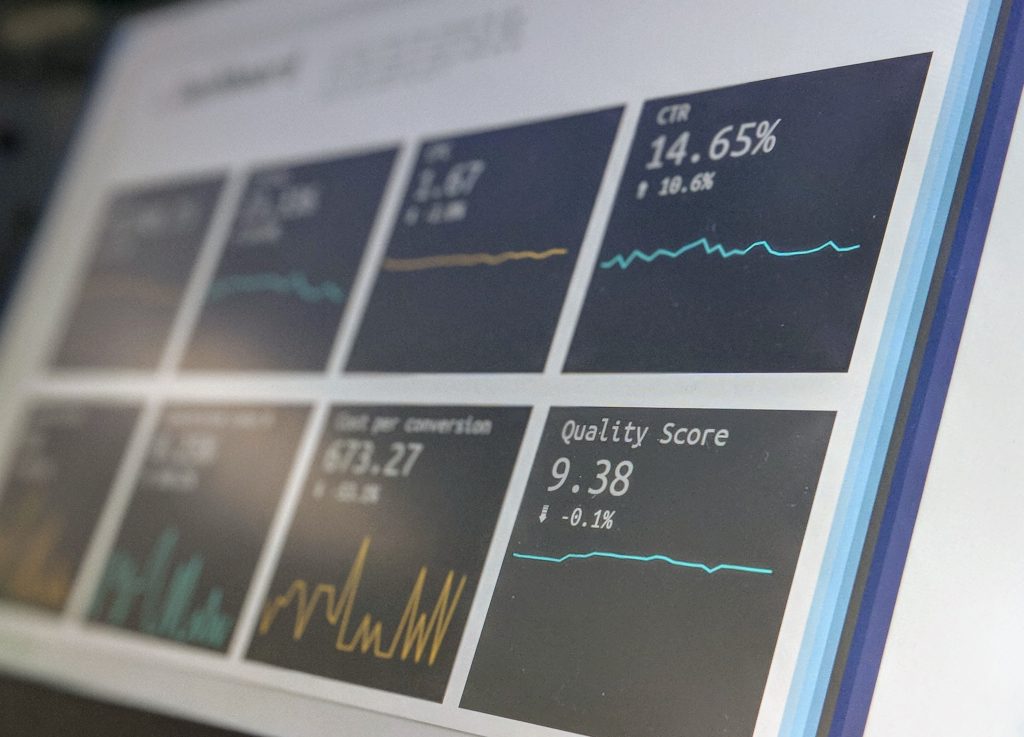
By now, many Great Forest clients would have received their annual waste report with data and details about their sustainable waste management performance over the past year. Here are 3 things every business should look out for in their reports, and what to do.
#1
Understand How COVID Impacted Your Waste Data
Due to COVID-19 and decreased office occupancy during the pandemic, your waste stream or diversion totals may be lower than usual.
On the other hand, if you are an online retailer, warehouse, or manufacturer, you may have seen an increase in waste generated, or in the use of recyclables like cardboard.
Additionally, some haulers were likely unable to provide waste generation metrics for several months of 2020. In these cases, remember you can use building/facility occupancy figures to calculate estimated waste data for that period.
Whatever the case, chances are that your waste data for 2020 will need to be interpreted differently as you plan new goals for 2021. Remember to make adjustments for COVID-related impact, which will shift when restrictions are eased as the year progresses.
Going forward, remember to contact your business’s waste hauler to request quarterly waste reports, and collect third party waste metrics from tenants. The more data you have, the more informed your decisions will be.
* Great Forest clients can see their 2020 data in their annual report or on the metrics portal.
#2
Calculate GHG from Waste
What is missing from your 2020 waste report data? Chances are it’s GHG (greenhouse gas) emissions.
Many property managers and building owners focus solely on energy use, ignoring waste-related GHG emissions. As a result, they are missing a significant opportunity to reduce their building’s carbon footprint, since landfill and waste services account for 30% of the commercial sector’s GHG emissions!
So for 2021, plan to include GHG from waste for a more accurate understanding of your carbon footprint. GHG waste-related emissions data is now available on the Great Forest Sustainability Metrics portal, so the addition should be seamless.
#3
Plan Your Education and Engagement Calendar
Review your annual report to see what outreach events you had for 2020, and what worked.
Were webinars well attended? Did you get better feedback for “live” virtual instructions or recorded video trainings? Was there a particular format that your stakeholders preferred? And keep in mind that you may be able to return to in-person events later in the year so plan accordingly.
Based on your waste data and goals, determine what educational topics are most needed. Perhaps you need to remind your staff and tenants about what to do with PPE? Or how to flatten cardboard for recycling? Or perhaps your janitorial crew may require a refresher on how to handle the different categories of waste?
Plan your 2021 calendar to ensure you have programs in place for key dates like Earth Day, America Recycles Day, and Earth Hour, for example. They are great opportunities to educate and engage staff and tenants alike.
BONUS TIP:
Were you issued fines last year? Download our free regulatory compliance guide today to help you stay in compliance.
